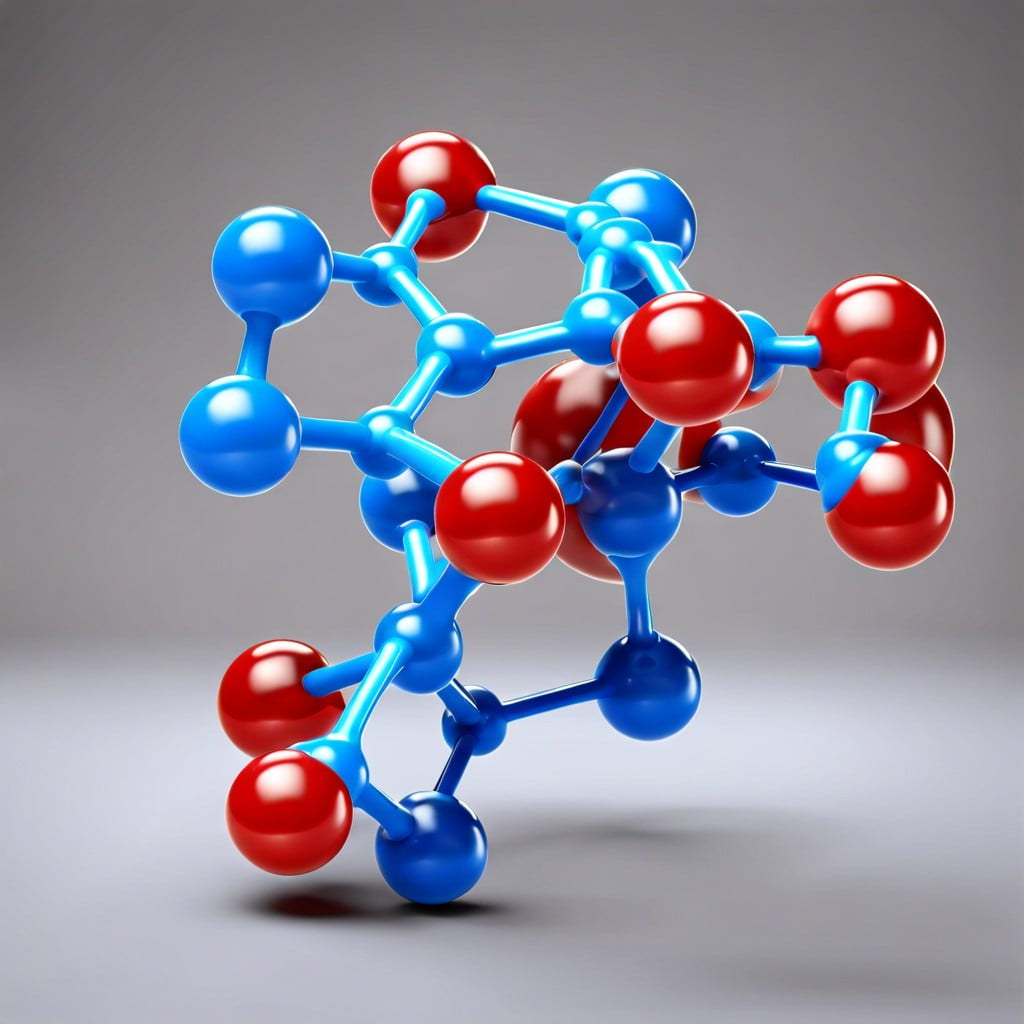In this article, you will learn about latex polymers, their properties, and how they are used in various industries.
Key takeaways:
- Synthetic latex offers consistent quality and performance in various applications.
- Polymerization and glass transition are key processes in creating latex polymers.
- Latex materials are flexible, strong, and provide excellent barriers against liquids and gases.
- Latex is used in healthcare, construction, textiles, and automotive industries.
- Latex is commonly used in personal and healthcare products, but alternative materials are available for those with latex allergies.
Synthetic Latex: The Basics

Synthetic latex is created through a chemical process that transforms small monomers into a polymer. This polymer emulsion is a key component in many everyday products due to its durability and flexibility. Unlike natural latex derived from rubber trees, synthetic latex is manufactured in labs using ingredients like styrene and butadiene, materials that ensure consistent quality and performance. This makes it a reliable choice for various applications, ranging from gloves to paint. Its production can be carefully controlled to yield materials with desired traits, like varying levels of softness or resistance to heat. By manipulating the structure during the polymerization process, chemists can tailor synthetic latex to meet specific needs.
Polymerization and Glass Transition
Polymerization is the chemical reaction where monomers link together to form a polymer, much like beads on a string. This process is crucial for creating latex polymers. During polymerization, small molecules called monomers open up and connect, creating long chains or networks. This transformation from monomer to polymer is what gives latex its elastic properties.
The glass transition, on the other hand, is a bit like latex’s “chill out” phase. It’s the temperature point where the polymer changes from a hard, glassy material to a soft, rubbery state. Below this temperature, the material is stiff. Above it, latex becomes flexible and stretchy, which is why it’s so handy for making gloves and balloons. This transition is vital for understanding how temperature affects the performance of latex-based materials in various environments.
Latex Material Properties
Latex polymers are celebrated for their flexibility and strength, distinguishing them as a favored material across various industries. Their elastic nature allows them to stretch significantly while still maintaining their original shape, an essential trait for products like gloves and balloons. Thanks to their impermeable qualities, they also provide excellent barriers against liquids and gases, making them ideal for protective clothing and airtight seals.
Durability underpins another key aspect; latex can withstand repeated stress without tearing. This property is crucial for items subjected to constant use, such as tires and conveyor belts. On the thermal side, latex materials handle moderate temperatures well, though they can degrade under extreme heat or continuous sunlight exposure, which is vital to consider for outdoor applications.
In essence, the material properties of latex empower its versatility, ensuring performance across a diverse range of uses. Moreover, its inherent resistance to water and most solvents adds a layer of utility, particularly in chemical and biological environments.
Applications
Latex polymers are particularly versatile, finding their way into various everyday products. In personal and healthcare sectors, they’re most commonly used in gloves, condoms, and certain types of medical tubing, offering flexibility and barrier protection against contaminants.
Beyond healthcare, latex plays a crucial role in the construction industry by improving the durability and performance of paints and coatings. Builders appreciate latex-enhanced paint for its ability to resist weathering and extend the life of their projects.
In textiles, latex adds elasticity to materials such as spandex, enabling clothing to maintain shape and provide comfort during extended wear. It also sees significant use in the automotive industry for sealants and adhesives that require a degree of perpetual flexibility and strong adhesion to diverse materials.
Personal and Healthcare Products
Latex polymers are commonly used in personal and healthcare items due to their flexibility, strength, and elasticity. Think of everyday essentials like gloves, catheters, and balloons. These products rely on latex for its ability to stretch and then regain its shape, a feature particularly crucial for protective gloves used in medical settings.
Moreover, latex makes an appearance in dental dams and some types of adhesive bandages, showcasing its versatility. For items that require a snug fit and contoured shape, the stretchable nature of latex is invaluable. This adaptability ensures both comfort and functionality, maintaining a barrier against contaminants, which is especially important in healthcare environments.
Despite the benefits, it’s essential to be aware that latex can cause allergic reactions in some individuals. This has spurred the development of non-latex alternatives to accommodate sensitivity issues, ensuring safety and comfort for all users.
Recap




